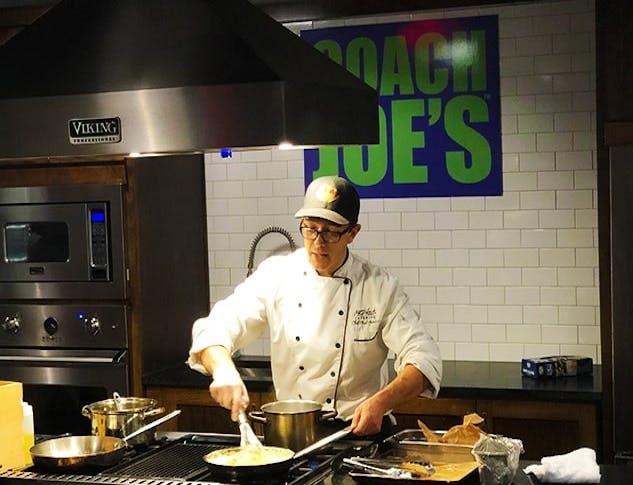Shared kitchens are growing in popularity and can be anything – from another restaurant with kitchen space on certain days and hours to large commissary kitchens open to all types of food business operators. You can also rent the best shared kitchen in Austin through various online sources.

Shared kitchen facilities can vary significantly in the size and number of available cooking and storage utensils, both dry and refrigerated. The types of customers they serve also vary from one location to another.
For example, some shared kitchens are primarily intended for bakers; others for food truck operators, and some for food retail start-ups, in addition to catering businesses. In all cases, shared kitchens are licensed and certified commercial kitchens that can be rented by the hour, day, week, or month.
For the expanding catering or foodservice professional, shared kitchens offer many advantages:
-The shared kitchen pays all bills for electricity, pest control, safety, etc.
-The shared kitchen provides and maintains good commercial equipment.
-While you will require your own business license and food processing permit, shared kitchens make it easy for you to comply with local health regulations – they are responsible for passing inspections.
-The shared kitchen creates a sense of community where you can take advantage of the advice and experience of other operators.
-Shared kitchens often offer additional services such as kitchen staff and incubator programs that can help you grow your business faster.

